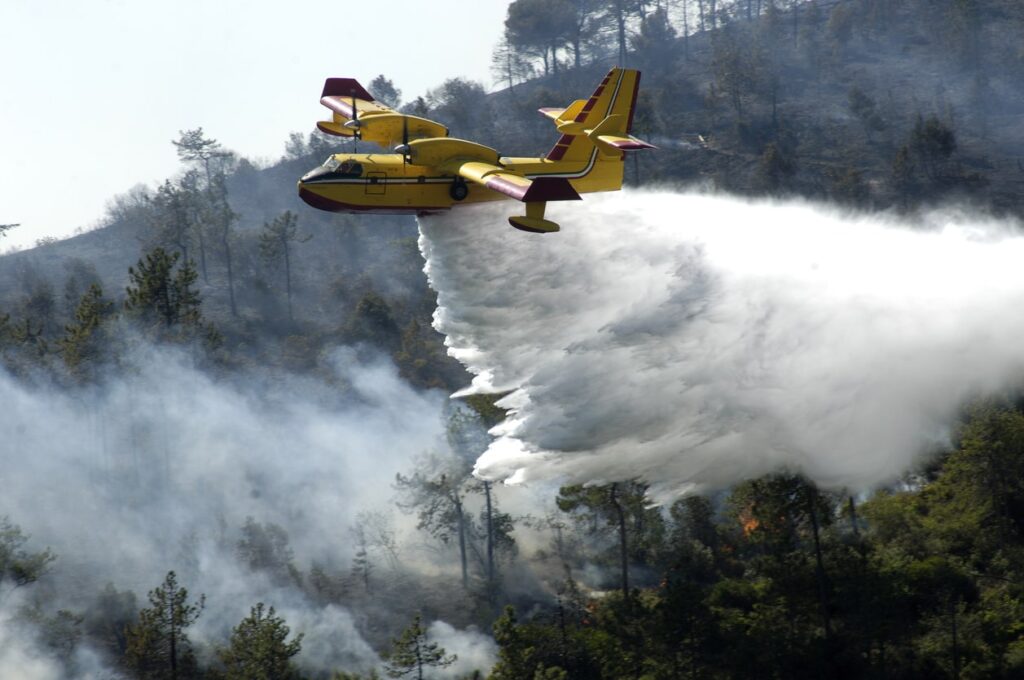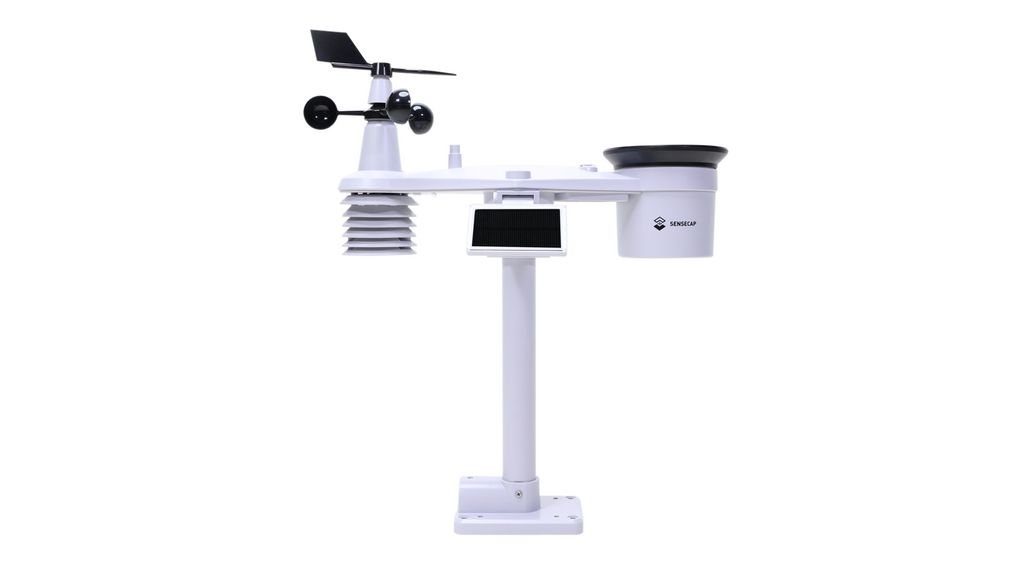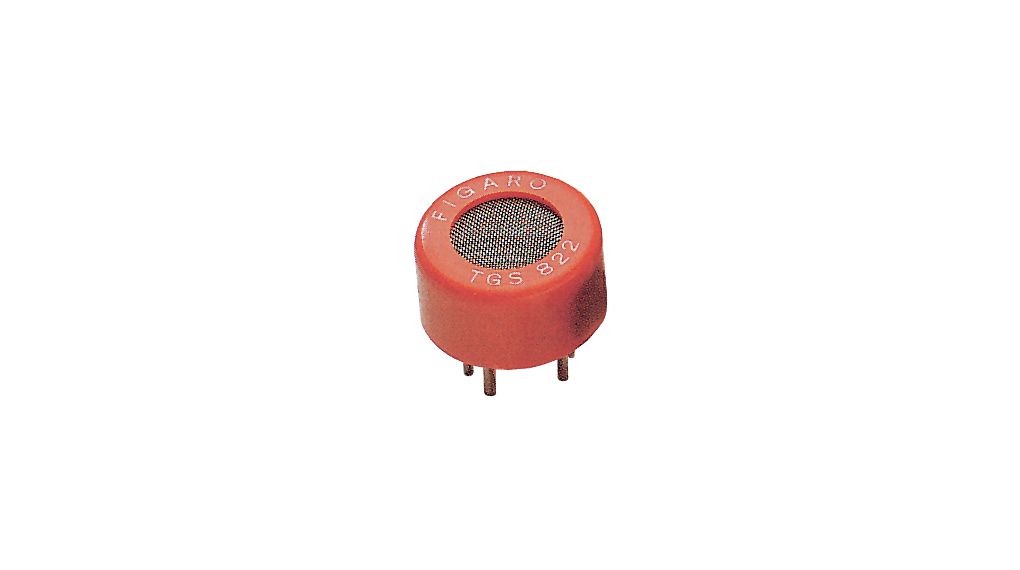In recent years, the world has witnessed an alarming increase in the frequency and severity of wildfires. In fact, according to the Copernicus Atmosphere Monitoring Service, many regions experienced record-breaking wildfire activity in 2023. The world’s economies, communities, and ecosystems are seriously threatened by these natural disasters, which are frequently brought on by human activity and climate change. The destruction caused by wildfires goes far beyond short-term crises and has long-term negative effects on the environment and society. Preserving the future of our planet requires an understanding of the fundamental causes of wildfires, their destructive effects, and the development of mitigation strategies.
What are Wildfires?
Wildfires are a force of nature that can reshape landscapes within hours. They frequently have disastrous immediate effects, destroying homes and wildlife habitats and even claiming lives. However, the effect of wildfires is much further reaching than what meets the eye. Beyond the visible destruction, wildfires contribute significantly to air pollution, releasing harmful particulates and greenhouse gases. The aftermath of these fires includes soil erosion, water quality degradation, and loss of biodiversity, leading to long-lasting environmental repercussions.
But what causes fires to occur randomly? The truth is that there are a range of factors that cause these natural disasters, both human and nature-induced. Human causes of wildfires include unattended campfires, discarded cigarettes and intentional acts of arson. Lightning strikes are a common natural cause, but climate change is one big factor that has exacerbated the situation, with hotter, drier conditions making forests more susceptible to burning. Urban expansion into wildlands has also increased the frequency and impact of these fires, leading to greater human and material losses.
Evolving Solutions to Combating Wildfires
Historically, combating wildfires has relied on traditional firefighting techniques, controlled burns, and public awareness campaigns. Despite all of them being effective solutions, the current level of wildfires tearing through our planet is unprecedented and highlights their limitations, making way for technological innovations to front the battle. Satellite monitoring, drones and advanced fire modelling are just a few types of technology that have been used to try and transform wildfire management. One of the most promising advancements in technology is the use of Internet of Things (IoT) sensors, offering real-time data and predictive analytics to enhance early detection and response strategies.

IoT Sensors: A Game Changer in Wildfire Management
New avenues for early detection, monitoring, and response have been made possible by the introduction of IoT technology in wildfire management. Here are some ways that IoT is changing things:
- Early detection and real-time monitoring – Smart IoT sensors are positioned to monitor temperature, humidity, smoke, wind patterns, and other environmental parameters in forests and high-risk areas for wildfires. Real-time data from these sensors allows for the early identification of anomalous changes that could indicate the start of a wildfire. Authorities can react more swiftly and efficiently and possibly contain fires before they spread if they are discovered early on.
- Predictive analytics – Advanced algorithms and machine learning techniques can be used to analyse the data gathered by IoT sensors in order to forecast the behaviour of fires and possible patterns of their spread. Because of its predictive power, firefighting resources can be deployed more strategically, and potential evacuation scenarios can be better planned for, ultimately saving lives and minimising damage.
- Resource allocation and management – IoT technology makes resource management more efficient. Command centres are able to direct firefighters and equipment to the most critical areas of a fire more effectively by knowing the precise conditions of the fire in real-time. This increases the efficiency of firefighting operations and guarantees first responders’ safety by giving them precise information about the circumstances they will encounter.
- Integration with other technology – IoT sensors are not self-contained systems. They frequently function as a component of a more expansive, integrated system that also includes satellite imagery for a wider perspective, sophisticated communication networks for smooth information sharing, and drones for aerial surveillance. By combining the advantages of different technologies, this integration enables a comprehensive approach to managing wildfires and produces a more reliable response mechanism.
Challenges for IoT Sensors for Wildfires
While IoT technology brings revolutionary potential to wildfire detection and management, several challenges and considerations must be addressed to ensure its effective and responsible implementation.
Deploying IoT sensors in the often remote and rugged terrain where wildfires are a threat is no small feat. Installation and routine maintenance are difficult in these areas because they are often hard to access and may not have the necessary infrastructure. Reliable data depends on sensors staying operational for extended periods of time, particularly during severe weather and during actual fires.
These sensors must also be strong enough to resist the harsh circumstances that come with wildfires, such as smoke, intense heat, and possible physical barriers. For ongoing monitoring and detection, these devices must be made reliable over time without requiring a lot of maintenance.
Data overload and accuracy are also a consideration. Managing and interpreting the massive volumes of data produced by the thousands of sensors that could be deployed is a major challenge. For the purpose of preventing false alarms and guaranteeing accurate and timely information, the system must efficiently filter and interpret this data. To guarantee that the data accurately depicts the environmental conditions, it is also necessary to maintain the accuracy of the sensors.
Conclusion
The potential of IoT solutions to transform our understanding, prediction, and response to wildfires is evident as we continue to investigate and apply them in wildfire management. IoT sensors are essential to improving the effectiveness and proactiveness of our response to wildfires because they offer real-time data and predictive insights. The management of wildfires appears to have a bright future as technology advances, with Internet of Things sensors paving the way for a society that is better prepared and resilient. However, attention must be paid to the types of sensors deployed. Whether they are capable of withstanding harsh environments and infrastructure must be available to manage the tons of data that these sensors will provide.
Recommended Products
Seeed Studio SenseCAP S2120 Weather Sensor

Features:
- 8-in-1 Weather Station: Collect air temperature, humidity, wind speed/direction, rainfall, light intensity, UV index, and barometric pressure data in one device and upload them via LoRaWAN.
- Bluetooth Configuration in 1 min & Remote Management: Simple configuration with just a few clicks, supports remote monitoring and managing realtime & historical data via the SenseCAP Mate App (Download here: 1. iOS; 2. Google Play; 3. App Center) and SenseCAP Portal.
- Ultra-low Power Consumption, Easily Replaceable Battery & Expandable Capacity: Powered by 0.5W solar panel and 3*standard 1.5V AA size dry batteries with up to 2 years service life (support external battery compartment with capacity for six batteries to double the service life).
- Reliable Performance: Suitable for outdoor harsh environments such as high UV exposure, heavy rain, dusty conditions, etc.
- One-stop Deployment & Flexible Layout: Accessories include poles, mounting stand, etc. for quick installation and can be set up at almost any location.
Figaro Gas Sensor

Features:
- Detects carbon monoxide, organic solvents and vapours
- High sensitivity to organic solvent vapours
- High stability and reliability over a long period of time
- Long life and low cost
- Uses simple electrical circuit











